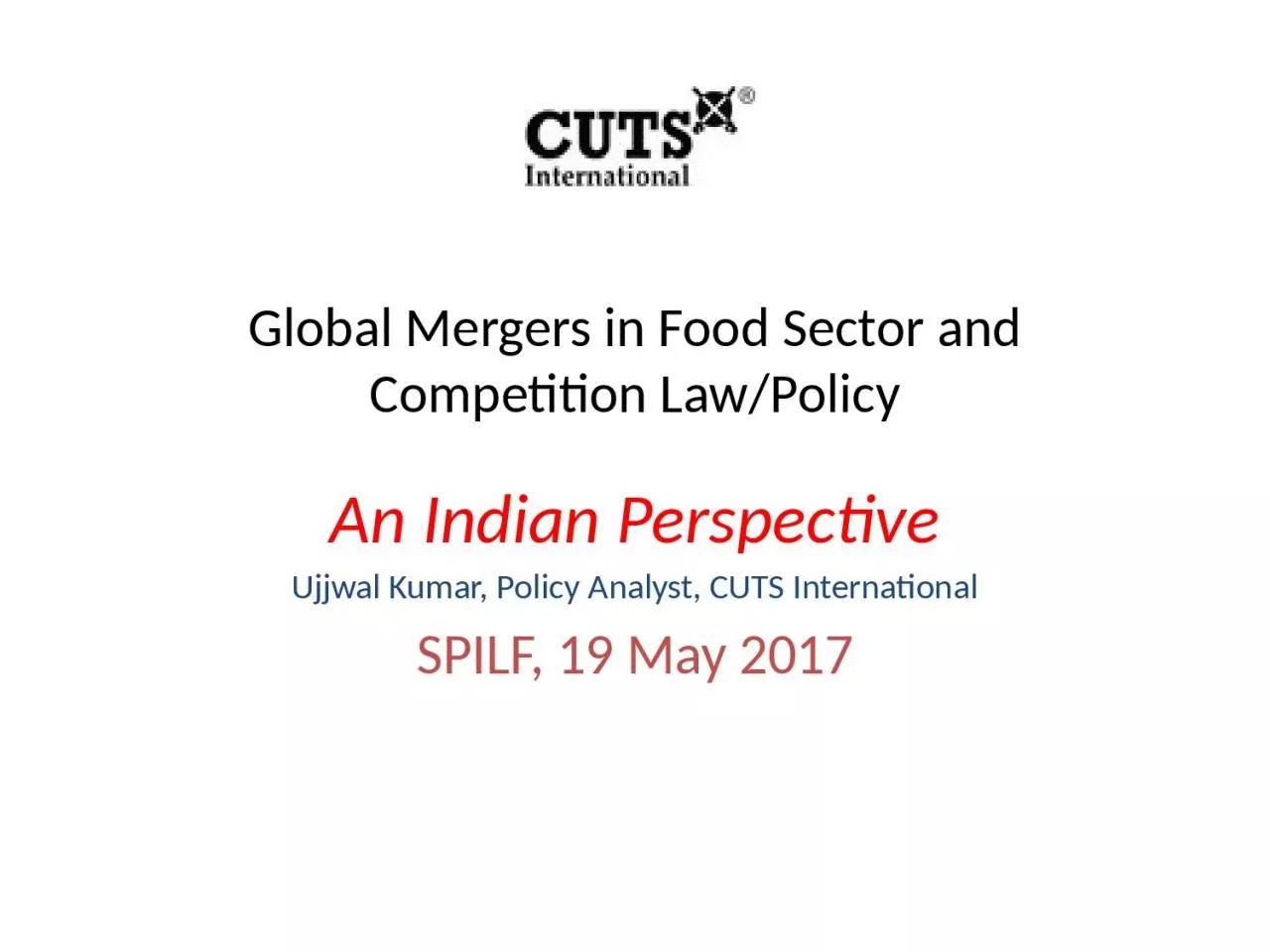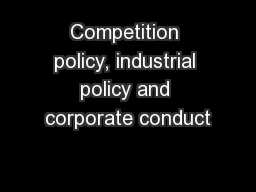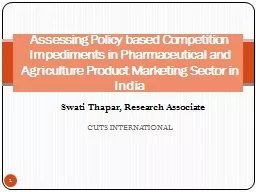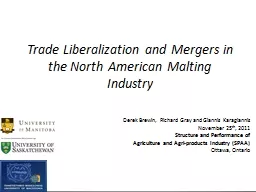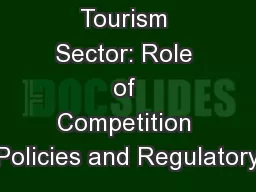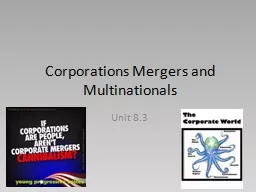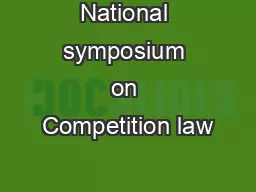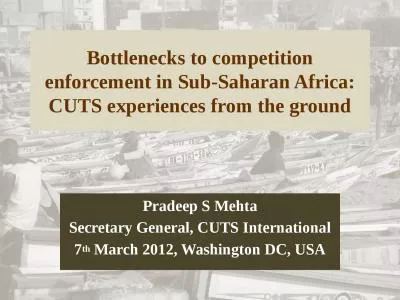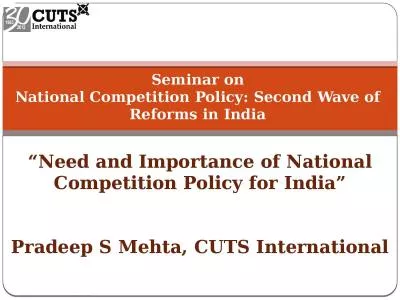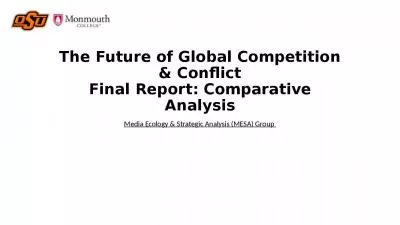PPT-Global Mergers in Food Sector and Competition Law/Policy
Author : jaena | Published Date : 2022-06-08
An Indian Perspective Ujjwal Kumar Policy Analyst CUTS International SPILF 19 May 2017 Outline Policy environment for Agbiotech seeds 2 slides Recent merger notifications
Presentation Embed Code
Download Presentation
Download Presentation The PPT/PDF document "Global Mergers in Food Sector and Compet..." is the property of its rightful owner. Permission is granted to download and print the materials on this website for personal, non-commercial use only, and to display it on your personal computer provided you do not modify the materials and that you retain all copyright notices contained in the materials. By downloading content from our website, you accept the terms of this agreement.
Global Mergers in Food Sector and Competition Law/Policy: Transcript
Download Rules Of Document
"Global Mergers in Food Sector and Competition Law/Policy"The content belongs to its owner. You may download and print it for personal use, without modification, and keep all copyright notices. By downloading, you agree to these terms.
Related Documents

